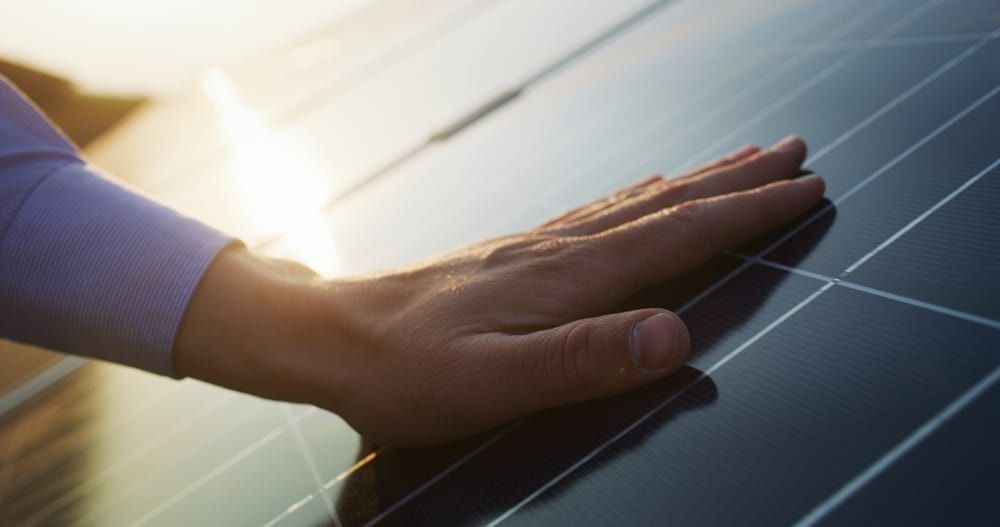
Which is the most effective energy source for homes?
There are many types of renewable energy. For example, the top types of renewable energy are solar energy, wind energy, etc. Studies show that an array of solar panels can power a building using PV cells that absorb sunlight. Let's delve deeper and compare solar module types to see which one best fits you.
What Are The Characteristics of Solar Module Types?
To choose a suitable solar module for you, we first need to cover our basis. There are three main types of renewable energy module types referred to as solar panels: monocrystalline panels, polycrystalline panels, and thin film.
- Monocrystalline solar panels are made from a single pure silicon crystal. Their dark look characterizes them. They are the most space-efficient and longest-lasting among the various types.
- Polycrystalline solar panels are made from several different silicon crystals that are melted and poured into square molds. They are much more affordable than the before-mentioned option as there is no waste in creating them.
- Thin-film solar panels are known for their thin layers and flexibility, they are easy to install and are lighter than the other options, but they are less efficient.
Is Your Solar Panel Type The Best Fit For You?
Monocrystalline panels have the highest energy efficiency of the solar module types. Polycrystalline panels come second. It means thin-film panels are third in energy efficiency. When you compare solar module types, the capacity of monocrystalline cells is higher, making the panels generate up to 300W. As opposed to polycrystalline panels, which produce between 240-300W.
Some factors to consider regarding the most effective renewables are that even though monocrystalline panels have higher efficiency, in shading, their production significantly decreases since it is made of one shade of silicon crystal. A better option for you would be to go with polycrystalline panels since they produce more power in the shade as it is made up of several silicon crystals.
What Are The Upsides and Downsides of Each Type of Solar Panel?
In general, we covered the different types of modules and their positive and negative sides.
Upsides of each type
- The best setting for monocrystalline panels would be in vast spaces, where there is no shading. It would be the best option in rural areas considering they are high-capacity and more durable.
- Polycrystalline panels have a high energy capacity, and their ability to produce higher power in shaded conditions is best to none. They’re the choice for you if you live in a suburban area.
Downsides of each type
- A downside of monocrystalline panels might be the pricing, which is because of the wasted silicon crystals in making them.
- Polycrystalline panels are less durable and lose more efficiency over time, but not to the extent that it makes them a bad option for you.
Overall, your choice depends on your energy needs and the environment in which you would choose to install your system!
